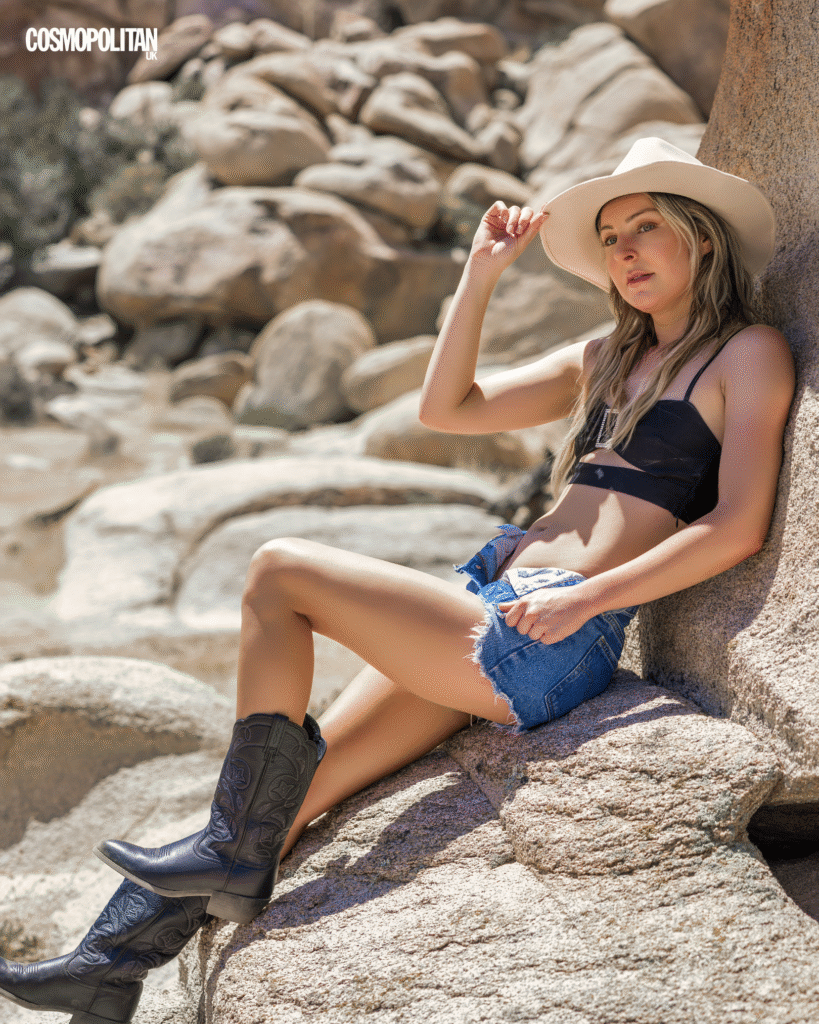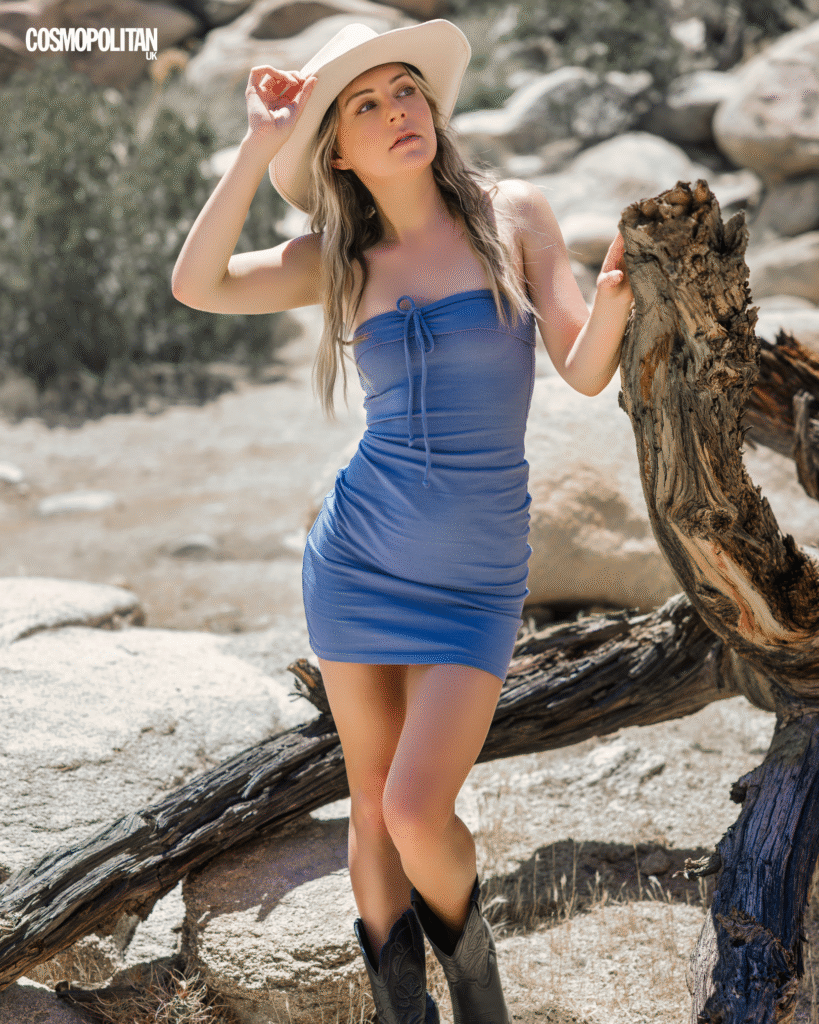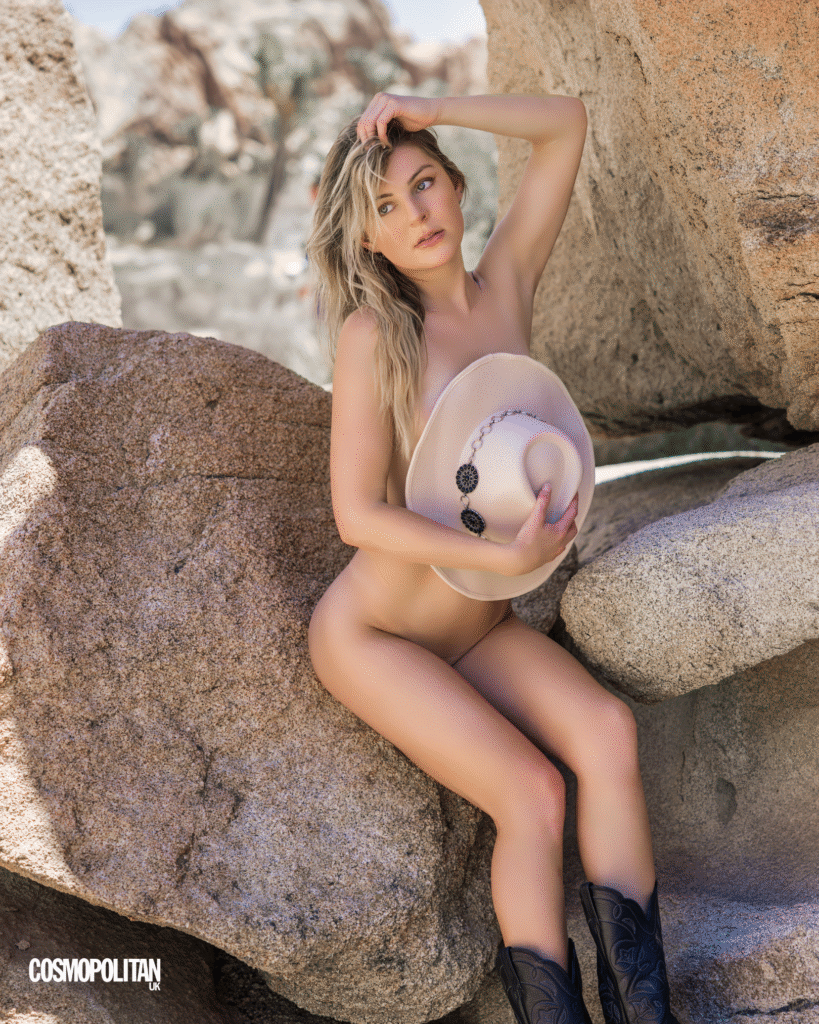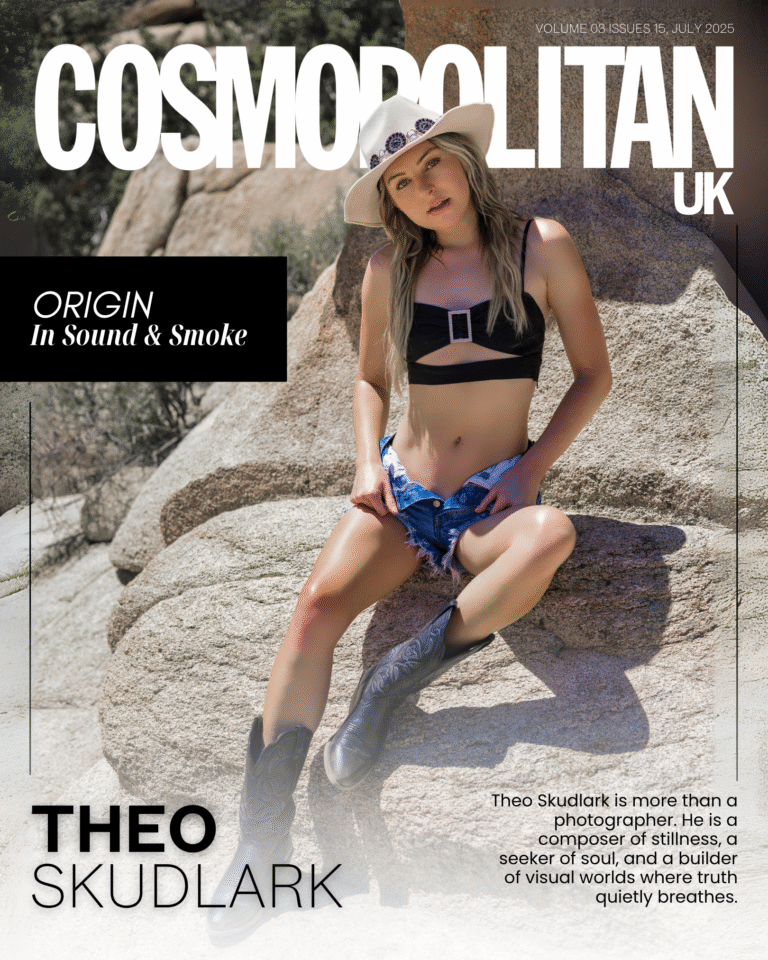Origins in Sound and Smoke
Before galleries and global recognition, Theo Skudlark was a young lensman immersed in the electric pulse of live music. The ‘90s gave him a backstage pass—not just to concerts, but to chaos, spontaneity, and raw emotion. Amid strobe lights, vibrating bass lines, and sweat-soaked crowds, he discovered the rhythm of fleeting moments.
“I learned to see before the moment happened,” he recalls. “Live shows taught me to trust instinct—to shoot as if the next frame might disappear forever.”
These visceral beginnings in music photography didn’t just hone his reflexes; they seeded a deeper understanding of impermanence—something he would later chase in more quiet, soulful spaces like fashion portraiture and human-centered reportage.
From Grain to Grace: Embracing the Discipline of Film
Long before digital took over, Skudlark began his journey with film. Not because it was trendy—but because it demanded something of him. Patience. Precision. Presence.
“Film shaped my eye and my discipline. Every frame was a decision,” he shares.
Though today he works with both analog and digital formats, his creative sensibility remains tied to that earlier era—where imagery was measured, intentioned, and meditative. His process invites viewers to slow down, to absorb, and to feel.
The Subtle Pulse of Inspiration

Inspiration, for Skudlark, is not thunderous. It whispers. It lives in almost-missed gestures—the parting of hands, the pause before a kiss, the silence in someone’s eyes.
“True beauty,” he says, “hides in the margins of experience.”
This belief shapes everything he creates. Rather than chasing spectacle, he listens for nuance. His lens isn’t hunting grandeur—it’s waiting for grace. The result? Photographs that feel less like productions and more like still poetry.
The Art of Reclaiming Sensual Storytelling
In a visual landscape saturated with shock value, Skudlark stands apart. His work gently reclaims sensuality—not as provocation, but as storytelling rooted in class and character.
“I’m reviving a language of elegance that once defined sensual photography,” he says. “Images that suggested rather than screamed.”
His compositions flirt with timeless glamour, walking a fine line between editorial sharpness and cinematic softness. Think classic Helmut Newton meets a European arthouse frame—where mood, narrative, and emotion merge into something lasting.
Seeing Before Shooting: The Vision-First Approach
Every project begins in his mind—not on a mood board. Skudlark often speaks of receiving visions rather than inventing them. A shadow across a tiled hallway. A figure in rain-drenched light. These quiet epiphanies become the seed for entire shoots.
“Once I’ve seen the picture in my head,” he explains, “everything else is just a matter of integrity—bringing that vision to life with precision and truth.”
It’s why his collaborators are more than stylists or models—they’re co-dreamers, willing to chase the abstract with him until it becomes real.
Art as Process, Not Product
What drives him isn’t clout. It’s curiosity.
“The image matters,” Skudlark says, “but the creation of it—that’s the true reward.”
To him, photography is a meditative act. The shoot is where he finds his flow, his clarity, his aliveness. Whether in a chaotic outdoor location or a still indoor studio, his purpose isn’t perfection—it’s transformation. Every frame becomes a kind of self-discovery.
Redefining Success: Autonomy Over Acclaim

For many creatives, success is external—measured in applause, press, or algorithms. But Skudlark defines it differently.
“Success is freedom,” he asserts. “The freedom to make work without compromise. To follow the image inside your mind without asking permission.”
He doesn’t chase mainstream relevance. He pursues creative sovereignty—a state where his choices are governed by vision, not market demand.
Legacy in the Making: From Fashion to Fine Art
What began in the pit of music venues has evolved into something much broader—and deeper. Today, Skudlark’s work sits not only in fashion spreads but on the walls of art spaces that champion emotional depth over trends.
“Being in dialogue with cultural institutions—that’s what validates my intention,” he shares. “Not fame, but timelessness.”
The crossover from editorial commissions to curated exhibitions has allowed him to explore new dimensions of his craft—beyond commercial constraints, into the realm of legacy.
A Future in Light and Mystery
Though he guards upcoming projects closely, he hints at globe-spanning editorial journeys, narrative-driven campaigns, and conceptual series that push the boundaries of genre and geography.
“These aren’t just photoshoots,” he says. “They’re immersive experiences—each one a meditation in motion.”
He remains committed to preserving the sanctity of creative process, revealing his work only when it’s fully matured. This reverence for development is rare—and deeply felt in the finished results.
Words of Wisdom: Emotion Is the Lens

When asked about the best advice he’s ever received, he credits legendary photographer Annie Leibovitz with a simple truth:
“Connection is everything.”
For Skudlark, that means forging emotional threads between the subject and the lens. Between moment and memory. Between artist and viewer.
“If your photo makes someone feel—even for a second—you’ve already succeeded,” he says.
Epilogue: A Voice of Emotion in an Age of Noise
Theo Skudlark is more than a photographer. He is a composer of stillness, a seeker of soul, and a builder of visual worlds where truth quietly breathes.
In a culture dominated by content, his images stand as counterpoints—deliberate, lyrical, and alive. He reminds us that the most powerful pictures don’t demand attention. They hold it. And long after the trends have passed, Skudlark’s frames remain—quietly, eternally, speaking.

